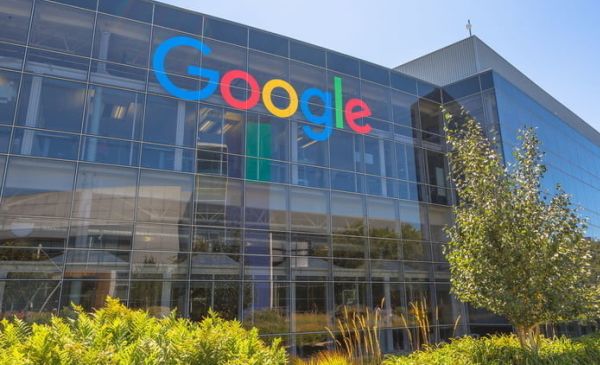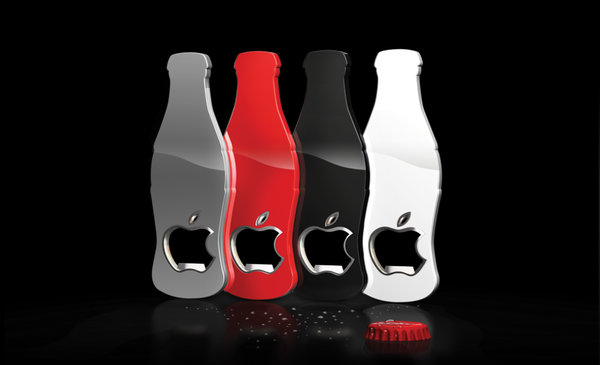
The economy may be in freefall and advertising forecasts bleak, but this year’s Millward Brown Optimor BrandZ survey reveals the world’s first $100bn brand – Google.
While this news may be of little surprise and will provide cold comfort to struggling broadcasters (famously, the brand has never advertised on TV), the research does, however, underline the enduring power of strong brands. It also serves as a timely reminder that pulling back marketing support may well provide a quick fix to a company’s bottom line, but is often to the long-term detriment of the business.
Despite the turbulence in the global economy, the value of the top 100 brands has risen by 2% in the past year to $1.95tn. A total of 85 of the top 100 brands remain in the table from last year. By category, the biggest faller was insurance (-48%) followed by cars (-22%) and financial institutions (-11%). On the flip side, mobile operators experienced the biggest growth in brand value (+28%), followed by soft drinks (+24%) and coffee (+18%).
There are also reasons to be cheerful -in the UK-, which is outperforming the broader market. The value of the top 10 UK brands has grown by 11% over the past year, compared with a 2% rise for all global brands. UK brands also account for half the growth in the global mobile category – the strongest brand category in the world. Vodafone and O2 together account for more than a quarter of that category-wide growth.
The recession is clearly not having a negative impact across all brands and categories; one of the big positive trends is the growth in popularity of activities undertaken at home that traditionally would have been done elsewhere. The ease and convenience of online shopping, for example, has been the driving force behind brands such as Amazon (+85%) and eBay (+16%).
Similarly, the value of coffee brands has risen as consumers ditch their costly skinny latte fixes on the go, choosing to indulge at home instead. Nescafe (+23%) and Nespresso (+27%), the coffee-pod brand fronted by George Clooney, have both benefited from this trend. A similar shift can also be seen in the personal care category, with dental brands in particular doing well as consumers look to save money by avoiding potentially costly trips to the dentist.
Elsewhere, while many commentators have heralded the recession as a wake-up call for consumers living in debt, Visa entered the rankings for the first time at number 36. The biggest climber is, surprisingly, a bank. China Merchants Bank increased in value by 168% this year. Additionally, despite the constant stream of bad news, consumers continue to be addicted to their Black-Berrys – the brand posted the biggest percentage rise in value on 2008, doubling in its total.
Discount brands have also made inroads to the rankings, and discount retailer Aldi has made its first appearance in the top 100 with a 49% increase in brand value. Lower-priced clothing brands have also fared well, with H&M experiencing a growth in brand value of 8% on the back of some impressive designer collaborations.
However, there is little doubt that the pervasive gloom of the financial markets is having a bearing on consumers’ purchasing habits. While the decline in sales of organic food has been well documented, consumers are rewarding themselves with treats such as fast food, cigarettes and alcohol. In line with this, McDonald’s (+34%), Marlboro (+33%) Budweiser (+23%) and Johnnie Walker (+42%) all experienced solid growth. Peter Walshe, director of BrandZ, says: ‘McDonald’s is a brand that people kept writing off, but it has kept its brand values while vastly improving the experience, and this has been key to its success.’
As ever, consumers’ purchasing decisions remain contradictory, and an interest in health and personal well being also continues to be a strong trend. For example, Bud Light overtook its full-calorie stablemate to become the number-one beer brand. Moreover, while McDonald’s famously never reveals sales figures for its salad items, its continued focus on menu innovation is seen by many as key to its revitalization.
Elsewhere, the financial sector returned some interesting data, notably that consumer sentiment is remarkably similar year on year, despite the ravages of the global recession and growing distaste over the size of bankers’ bonuses. As a sector, financial institutions declined 11% year on year. ‘I suspect most consumers divorce their own relationships and dealings with their banks from the broader economy,’ says Walshe.
For an industry facing up to claims that the economic downturn may not be cyclical, but a long-term ‘correction’ of the over-inflated advertising market, the latest BrandZ data provides welcome reading. It is well established that in times of turbulence consumers turn to brands they trust, and it is vital that recognition of this extends to the boardroom.
Brand Valuations: What’s In It For Marketers?
When times are tough, companies that invest in their brands can protect their businesses and help them grow. The rankings prove that strong brands continue to outperform weaker ones in terms of both market share and share price. ‘That brands have held up better than any other part of the business shows the power of investing in them,’ says Peter Walshe, director of BrandZ.
The research shows brands are a valuable asset and, crucially, expresses the success of branding in financial terms that carry weight with non-marketers in the boardroom. Strong brands create competitive advantages by reducing business risk, lowering the cost of entry into new categories, boosting staff retention and assisting with licensing in other territories.
What makes a strong brand?
A simple way to think about the brand relationship is to imagine it as the progression of a love story, from dating through to bonding. Millward Brown Optimor identifies five stages in the brand/consumer relationship.
- Presence those who are aware of the brand
- Relevance those who do not reject the brand for being too expensive or cheap or for not meeting their needs
- Performance those who do not find the brand lacking in their experience of it
- Advantage those who believe the brand to be better in some way than its rivals
- Bonding those who find the brand has more advantages than other brands
Methodology
BrandZ is the world’s biggest study into what people think about the brands they buy. The brand ranking uses data from BrandZ (a WPP-commissioned database of 443 categories in 30 countries, covering thousands of brands).
For the purpose of its BrandZ ranking, Millward Brown Optimor values brands in three steps.
First, it establishes a company’s intangible earnings and allocates them to individual brands and countries of operation, based on publicly available financial data from Bloomberg, Datamonitor and Millward Brown Optimor’s own research.
Second, it determines the portion of intangible earnings attributable to brand alone, as opposed to other factors such as price. This uses research-based loyalty data from the BrandZ database.
Last, the research projects what the brand value will be in the future, based on market valuations, the brand’s risk profile and its growth potential.
The Blake Project Can Help: The Brand Positioning Workshop
Branding Strategy Insider is a service of The Blake Project: A strategic brand consultancy specializing in Brand Research, Brand Strategy, Brand Licensing and Brand Education




